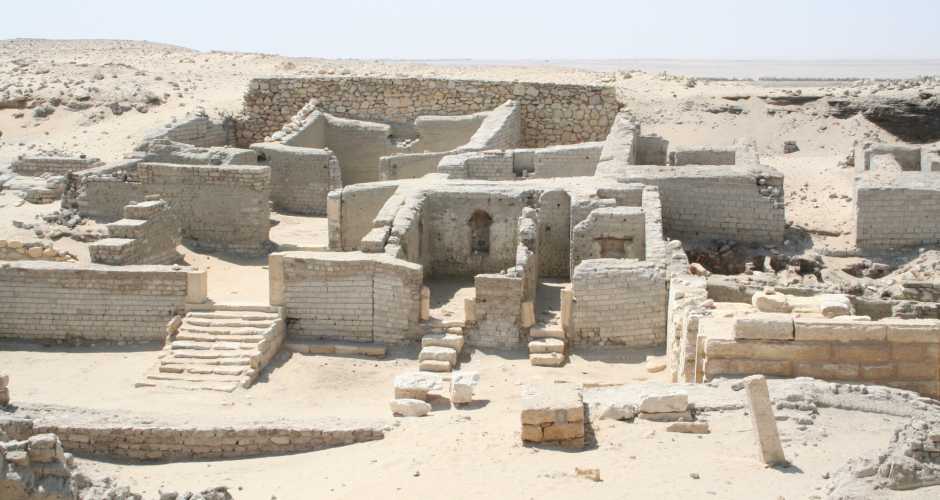- Home
-
Day tours
- Day tours
-
Marsa alam tours
-
Hurghada tours
-
El Quseir Tours
-
Makadi bay
-
Cairo Tours
- Cairo Tours
- Top Things in Cairo
- Siwa tours from Cairo
- Cairo Culture Tours
- Alexandria trips from Cairo
- Nile Cruises From Cairo
- Night Dinner Cruises in Cairo
- Sound and Light show Excursion
- Fayoum trips from Cairo
- Luxor Tours From Cairo
- white desert trips from Cairo
- Al Minya tours from Cairo
- Cairo Travel Packages
- Cairo Desert and Safari tours
- Aswan tours From Cairo
- Cairo Taxi Transfers
-
Luxor Tours
-
Portghalib tours
-
Sharm el Sheikh
-
El Gouna Tours
-
Aswan Tours
-
Sahl Hasheesh Tours
-
Soma Bay tours
- Safaga Tours
-
Airport Transfer
-
Tour Packages
- Tour Packages
-
Egypt Travel Packages
- Egypt Travel Packages
- Egypt Itinerary 4 Days
- Egypt Itinerary 5 Days
- Egypt Itinerary 6 Days
- Egypt itineraries 7 Days
- Egypt itineraries 8 Days
- Egypt Itinerary 9 Days
- Egypt Itineraries 10 Days
- Egypt Itinerary 11 Days
- Egypt Itineraries 12 Days
- Egypt Itineraries 13 Days
- Egypt Itineraries 14 Days
- Egypt Itineraries 15 Days
- Egypt Itineraries 16 Days
- Egypt Itineraries 17 Days
- Egypt Itineraries 18 Days
- Egypt Itineraries 19 Days
- Egypt Itineraries 20 Days
- Egypt Itineraries 21 Days
- Top Egypt Vacation Packages
- Egypt Cruises Packages
- Egypt Christmas Holidays
- Hurghada Holiday Packages
- Marsa Alam holidays packages
- Marsa Alam tour Packages
- Egypt Walking Holidays
-
Shore Excursions
- Egypt Nile Cruises
-
Egypt Attractions
- Egypt Attractions
-
Top Attractions In Luxor
-
Top attractions in Bahariya
-
Top Attractions In Fayoum
-
Top Attractions In Siwa
-
Top attractions in Sakkara
-
Top Attractions In Giza
-
Top Attractions In Aswan
-
Top Attractions In Alexandria
-
Top Attractions In Cairo
-
Attractions in Damietta
-
Top Attractions In Hurghada
-
Top Attractions in El Quseir
- Top attractions in Marsa Alam
- Top attractions in Al Minya
- Top attractions in El Gouna
- Top attractions in Sharm
- Contact us
-
Egypt Travel Guide
- Egypt Travel Guide
- Egypt tours Faq
- Egypt Itinerary 7 Days
- Best Tours in Marsa Alam
- Egypt Itinerary 8 Days
- Travel to siwa from Cairo
- Plan your trip to Egypt
- Is Egypt Safe to Visit
- Egypt Itinerary Planner
- The Best Winter Destinations
- Egypt Tour Packages guide
- The best Nile Cruises in Egypt
- Tips For visiting the Pyramid
- Foods You Need to Eat In Egypt
- The 10 Best Marsa Alam Tours
- Payment Policy
- Covid-19
Medinet Madi Archaeological Site
Madinet Madi Archaeological site is located in a small hill of a strategic position guarding the southwestern entrance to the Fayoum about 35 km far from Medinet El-Fayoum. The town was called Dj3 in Hieroglyphs, while during the Greek period it was identified as Narmouthis (Bresciani, 1980). The name Madi, which means “City of the Past”, seems to have originated from the Arab existence. A document, dates back to the ninth century AD., has been found in the site mentioning Madi as the name of the site

MADINET MADI TEMPLE
The temple which is considered one of the most important temples in the Fayoum region due to its reasonable state of preservation and the existence of relieves on some of its walls and columns, was dedicated to the triad Sobek(the crocodile god), Renunutet (serpent goddess of harvest) and Horus of Shedet. During the Greco-Roman period it was consecrated to Isis (Thermounis) and Soknopaios (Soos, 1986).
Inside the middle Kingdom Temple.
The temple was originally built in the 12th dynasty by Kings Amenemhat III and IV. It was then restored during the 19th dynasty. During the Ptolemaic period many addition have been established to the northern and the southern sides of the Middle Kingdom temple (Bresciani, 1980). The temple’s inner chambers , made of dark sandstone, are the oldest part of the temple and a rare model of a Middle Kingdom monumental construction. This part is rather small, with a two Papyrus columned portico leading into a sanctuary with three shrines occupying the rear. The middle shrine once housed a large statue of Renenutet, with Amenemhet III and IV standing on either side of her.

The Ptolemaic extension of the temple included the processional way to the south with its lions and sphinxes (in both Egyptian and Greek style), which passed through a columned kiosk which eventually leads to the older two columned portico.
The Greao – Roman Temple behind the Middle Kingdom one.
It was probably Ptolemy IX Soter II who also added three courtyards, along with other expansion elements. Dating back to the Graeco-Roman period, the temple contains also a few relieves and hieroglyphic inscriptions .
